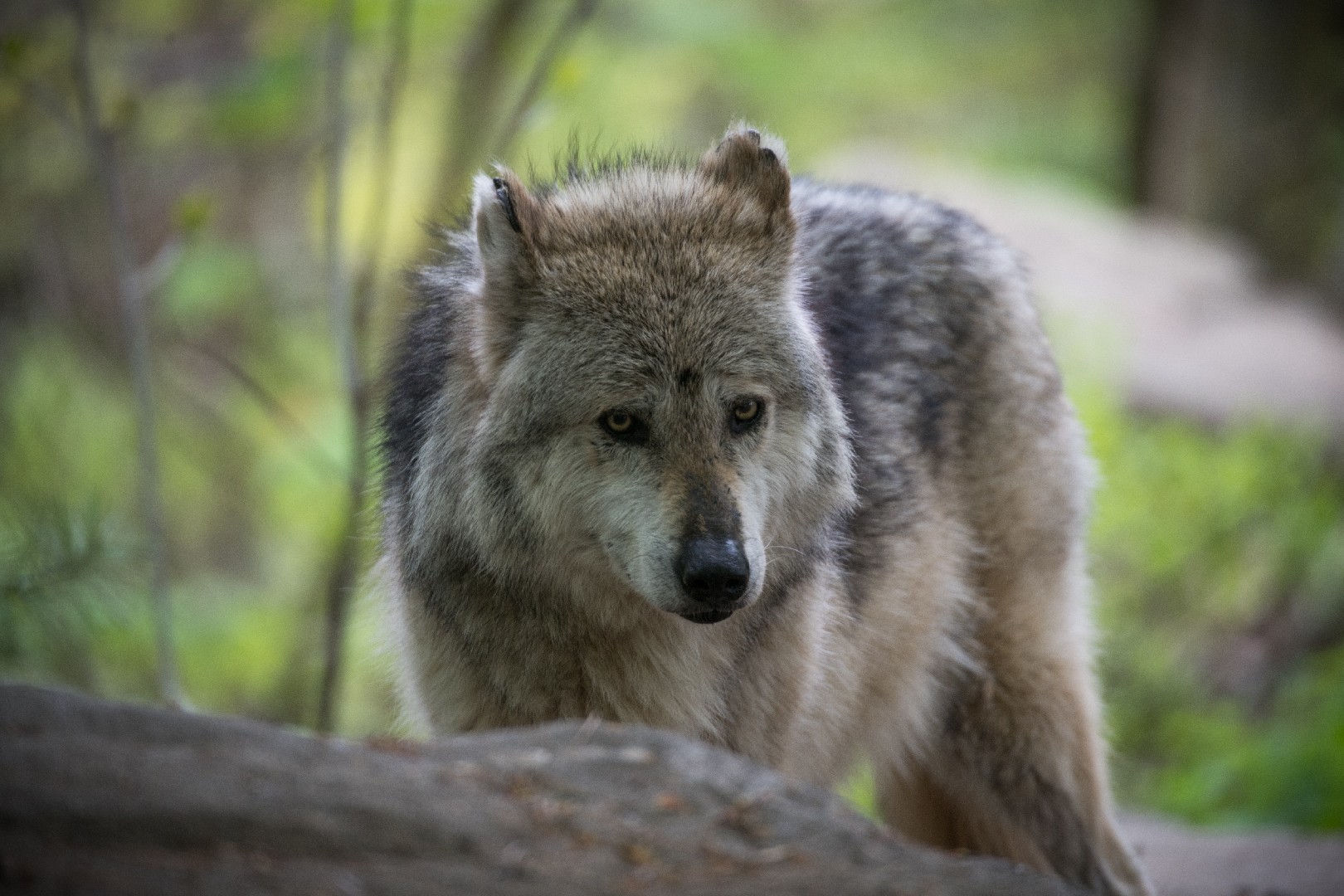Mexican wolf
A species of Wolves jackals and allies Scientific name : Canis lupus baileyi Genus : Wolves jackals and allies
Mexican wolf, A species of Wolves jackals and allies
Scientific name: Canis lupus baileyi
Genus: Wolves jackals and allies
Content
Description General Info
 Photo By Eric Kilby , used under CC-BY-SA-2.0 /Cropped and compressed from original
Photo By Eric Kilby , used under CC-BY-SA-2.0 /Cropped and compressed from original Description
The mexican wolf is renowned for its unique behavior of living and hunting in tightly knit social packs. This structured social system facilitates cooperative hunting strategies, allowing them to take down larger prey. Ecologically notable, they play a vital role in maintaining the balance in their ecosystem through regulating prey populations.
General Info
Lifespan
10-15 years
Diet
Mexican wolf is a carnivorous species relying primarily on ungulates such as white-tailed deer. It also consumes smaller mammals, like rabbits and rodents, supplementing with occasional carrion and livestock.
Appearance
Mexican wolf is a medium-sized canine with compact body, muscular limbs, and heavy fur. It predominantly sports a dark charcoal-grey coat, often flecked with light grey or beige, and tends to have a darker back and lighter belly. Mexican wolf's ears are medium-sized and triangular, eyes are almond-shaped and luminous yellow, and tail is bushy and slightly streaming.
Behavior
Mexican wolf typically employs nocturnal habits, hunting in coordinated, social packs to take down prey. Communication, including auditory, olfactory and visual signals, plays a key role in the species' pack dynamics. Their territorial behavior includes scent-marking through urination and defecation. This communal living and hunting strategy highly influence their survival, particularly in arid and mountainous habitats.